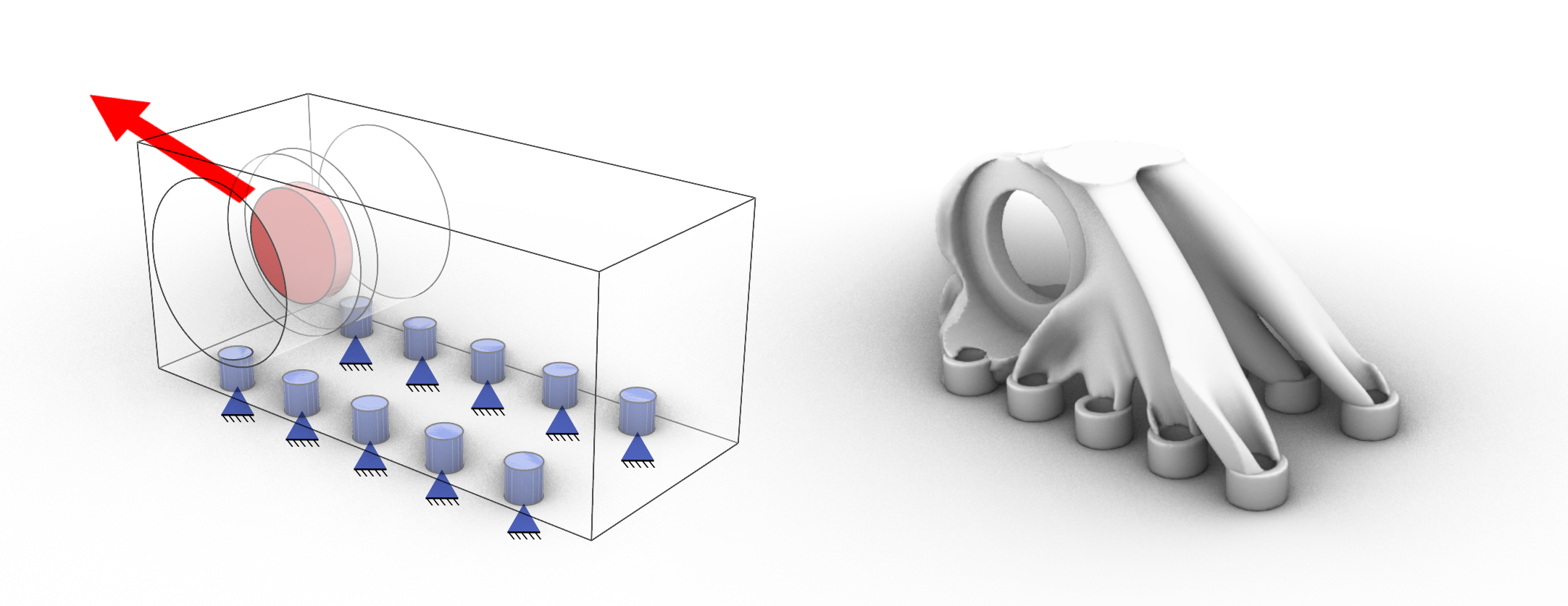Large Language Models in Engineering Applications
Engineering & Design, not manufacturing itself, is the new bottleneck in a digital factory. The design process takes time and slows down agile product development due to manual CAD drawing time and incorporation of multiple facts and requirements. By leveraging Large Language Models and automated design workflows, true mass customization can be reached
The missing Link between geometry and part requirements
The critical data for designing mechanical components often resides in varied and extensive sources such as email exchanges, fact sheets, product specifications, and technical drawings. Traditionally, mechanical engineers are tasked with consolidating this information to produce the necessary geometries and technical drawings. Since these processes are rarely documented in detail, the engineer is often the only bridge between requirements and the finished part, risking loss of know-how through forgetfulness or even departure of the employee.
Large Language Models transform this process by efficiently collecting all relevant requirements and distilling them into essential geometric constraints, including both company-specific expertise and historical designs as reference.
Automating Geometry Creation

Simple parametric designs, can be automatically adjusted directly based on textual user inputs or product specification data gathered in a previous step. The generation of more complex geometries evolves through an iterative process, combining basic shapes via boolean operations — a method that mirrors the traditional approach of a CAD designer. The integration of multimodal Language Models, capable of processing both text and image inputs, grants the AI "vision," allowing to identify and correct errors, thereby refining the geometric output.
Combining Simulation tools with design automation

By connecting the automatic geometry creation with Simulation tools and topology optimization, the geometry only needs to represent to the bounding box and define the required constraints. Established algorithms for geometry optimization further refine these designs for selected manufacturing processes or validate the mechanical concept trhough FEM simulations. This seamless combination would allow to develop and deploy also mechanical demanding components fully automated.
For more information please contact Raul San Miguel or Julian Ferchow.